Writing Fictional Scenes and Sequences
A course by Julio Rojas , Screenwriter and Author
Learn the theory and technique behind writing an effective fictional scene for your script
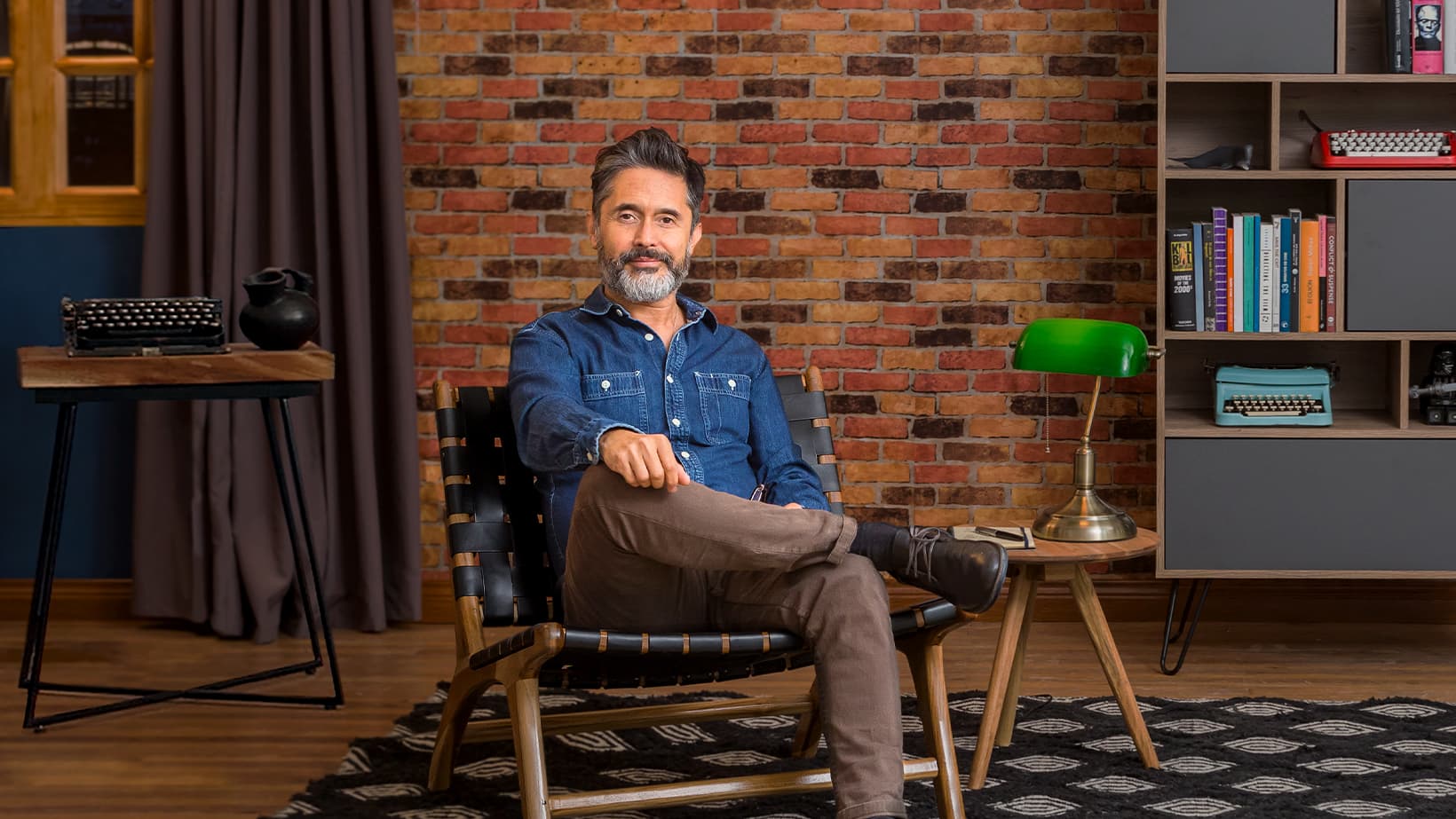
Learn the theory and technique behind writing an effective fictional scene for your script
The magic of a story, regardless of how simple or complex it is, lies in the small narrative pieces that, when strung together, captivate the audience. After teaching the fundamental techniques in Script Writing for Movies and Television, award-winning (including a Goya) author and screenwriter Julio Rojas shows you how to break down stories into basic units that you can develop and experiment with individually.
In this course, learn everything you need to know to write different types of fictional scenes and sequences. Julio teaches you the basic theory and techniques to craft a story using three tools from his personal writing method. Create micro-worlds where you can position characters, control actions and events, and create conflicts to shape your story.
What will you learn in this online course?
20 lessons & 26 downloads
- 99% positive reviews (147)
- 4,138 students
- 20 lessons (4h 26m)
- 26 additional resources (7 files)
- Online and at your own pace
- Available on the app
- Audio: Spanish
- Spanish · English · Portuguese · German · French · Italian · Polish · Dutch
- Level: Beginner
- Unlimited access forever
What is this course's project?
Write five different scene types and a sequence in a professional screenplay format using the three tools from your teacher's personal writing method: the conflict matrix, the scene notebook, and the dissociation matrix.

Projects by course students
Who is this online course for?
Professional and emerging screenwriters, audiovisual producers, advertisers, and anyone with a passion for storytelling.
Requirements and materials
You need basic notions of audiovisual language and an idea for a fiction story that you haven't written yet.
As for materials, all you need is a computer with any screenwriting software such as Final Draft or Celtx or any word processor.

Reviews

A course by Julio Rojas
Julio Rojas is a dentist by trade, which may be hard to believe given that he has devoted over two decades of his life to screenplays and writing. He has worked as a professor at major universities and film schools like the EICTV in Cuba, where he's been teaching the advanced screenwriting course for fifteen years. Julio has also worked as a fiction content director for free-to-air TV channels and audiovisual producers.
His most prominent work includes feature films like Sábado(Rainer Werner Fassbinder Award), La vida de los peces (2012 Goya winner), and La memoria del agua (selected for Venice Days at the 2016 Venice Film Festival). In addition to screenplays, Julio just published his first novel, a historical crime thriller titled El visitante extranjero (The Foreign Visitor), through Penguin Random House.
His Spotify podcast series CASO 32, listed by The New York Times as one of the best audio fictions of 2020, has been remade in various languages as well as categorized as the most-listened-to Spanish-language audio fiction in the world.
Content
-
U1
Introduction
-
Presentation
-
Influences
-
-
U2
The narrative
-
Narrative units
-
What to tell and what not? Ellipsis
-
Scene types
-
Specific sequences
-
The scene notebook
-
-
U3
Scene elements
-
Scene elements: the character
-
Scene elements: the implant
-
Scene elements: physical universe
-
The conflict on the scene
-
-
U4
Designing the scenes
-
Assembling the scene notebook 1
-
Assembling the scene notebook 2
-
Working the modulators of the scene
-
Working harmonic dissociation
-
-
U5
Writing
-
Writing format rules
-
Writing scenes
-
Script writing
-
Rewriting and final considerations 1
-
Rewriting and final considerations 2
-
-
FP
Final project
-
Script: Writing scenes
-
What to expect from a Domestika course
-
Learn at your own pace
Enjoy learning from home without a set schedule and with an easy-to-follow method. You set your own pace.
-
Learn from the best professionals
Learn valuable methods and techniques explained by top experts in the creative sector.
-
Meet expert teachers
Each expert teaches what they do best, with clear guidelines, true passion, and professional insight in every lesson.
-
Certificates
PlusIf you're a Plus member, get a custom certificate signed by your teacher for every course. Share it on your portfolio, social media, or wherever you like.
-
Get front-row seats
Videos of the highest quality, so you don't miss a single detail. With unlimited access, you can watch them as many times as you need to perfect your technique.
-
Share knowledge and ideas
Ask questions, request feedback, or offer solutions. Share your learning experience with other students in the community who are as passionate about creativity as you are.
-
Connect with a global creative community
The community is home to millions of people from around the world who are curious and passionate about exploring and expressing their creativity.
-
Watch professionally produced courses
Domestika curates its teacher roster and produces every course in-house to ensure a high-quality online learning experience.
FAQs
Domestika's courses are online classes that provide you with the tools and skills you need to complete a specific project. Every step of the project combines video lessons with complementary instructional material, so you can learn by doing. Domestika's courses also allow you to share your own projects with the teacher and with other students, creating a dynamic course community.
All courses are 100% online, so once they're published, courses start and finish whenever you want. You set the pace of the class. You can go back to review what interests you most and skip what you already know, ask questions, answer questions, share your projects, and more.
The courses are divided into different units. Each one includes lessons, informational text, tasks, and practice exercises to help you carry out your project step by step, with additional complementary resources and downloads. You'll also have access to an exclusive forum where you can interact with the teacher and with other students, as well as share your work and your course project, creating a community around the course.
You can redeem the course you received by accessing the redeeming page and entering your gift code.
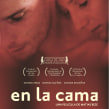

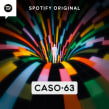
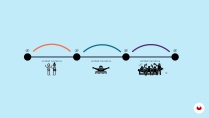

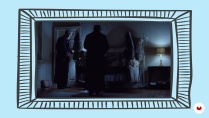
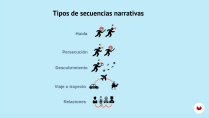

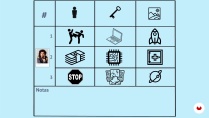
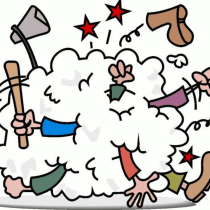


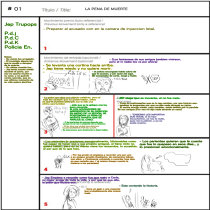

leonardsaade
Contiene buenas técnicas para la escritura de guión, me ayudó mucho
View translation
Hide translation
i_mathyx
Muy bueno.
View translation
Hide translation
ancabalaj
Si te gusta enfocar la escritura desde un punto de vista racional, metódico, esquemático, es tu curso. En mi opinión es más útil para analizar escenas que para escribir. En todo caso, no es mal curso.
View translation
Hide translation
cmeza0172
Muy bueno e interesante este curso, te da muy buenas bases para comenzar a escribir tus propias escenas.
View translation
Hide translation
cronicasdeunsazo
Un curso muy bueno que nos lleva a enfocarnos en la parte esencial que son las escenas y secuencias. Julio es el mejor referente a la hora de contar historias, por eso recomiendo este curso 100%
View translation
Hide translation